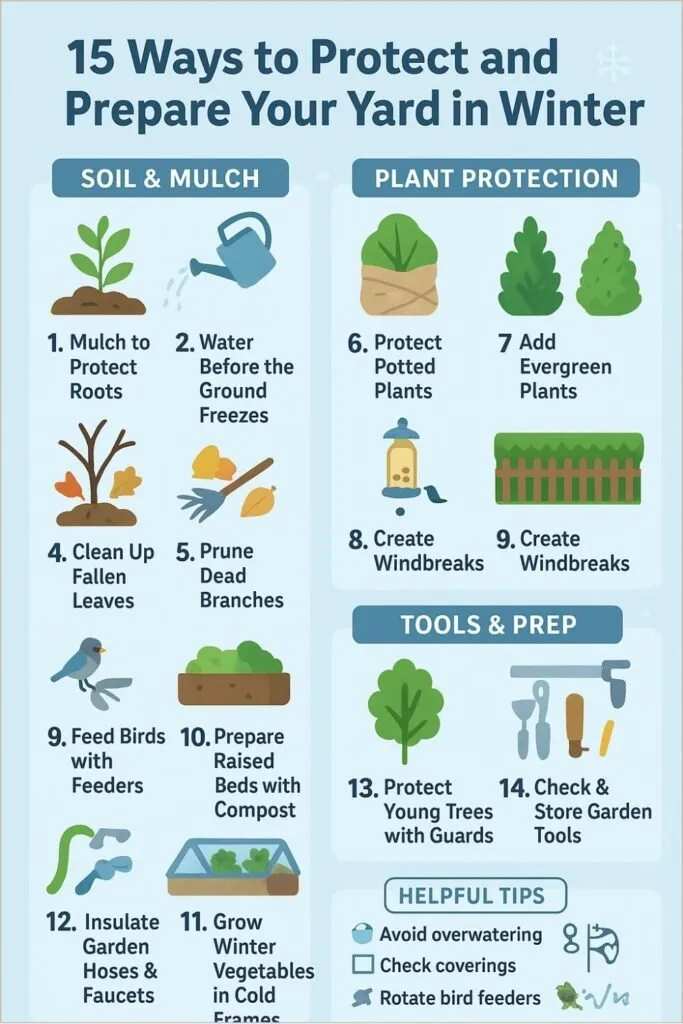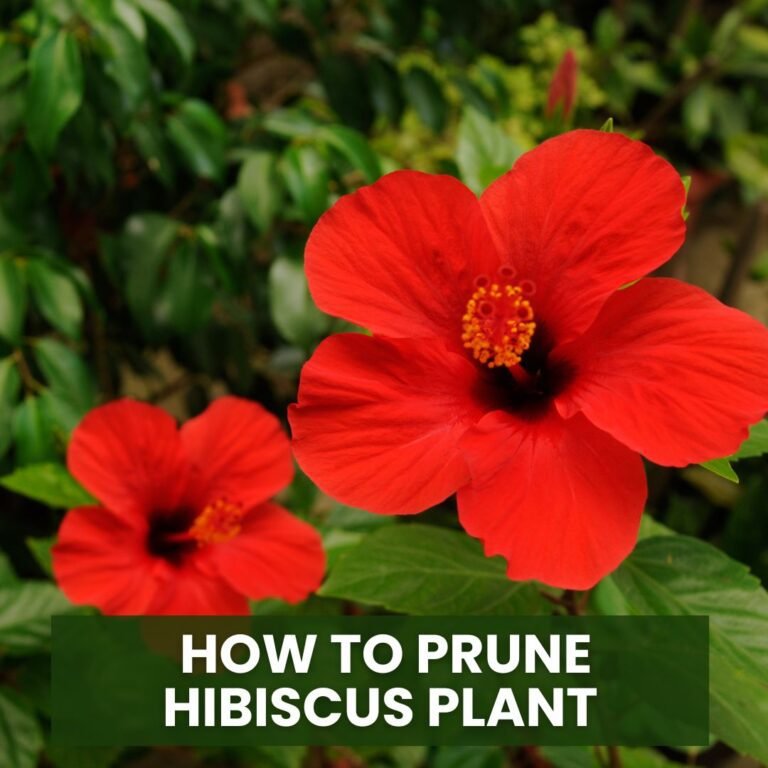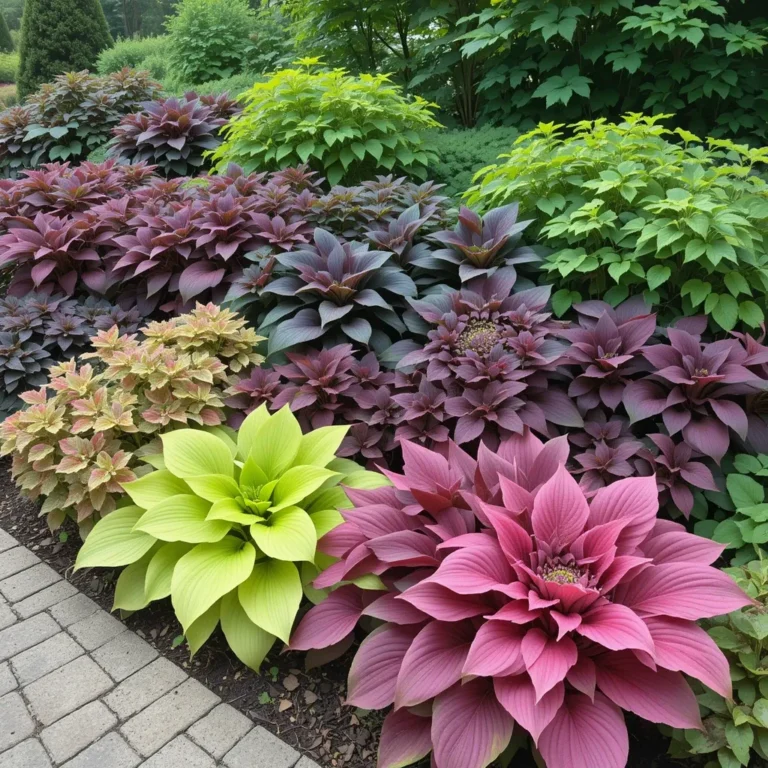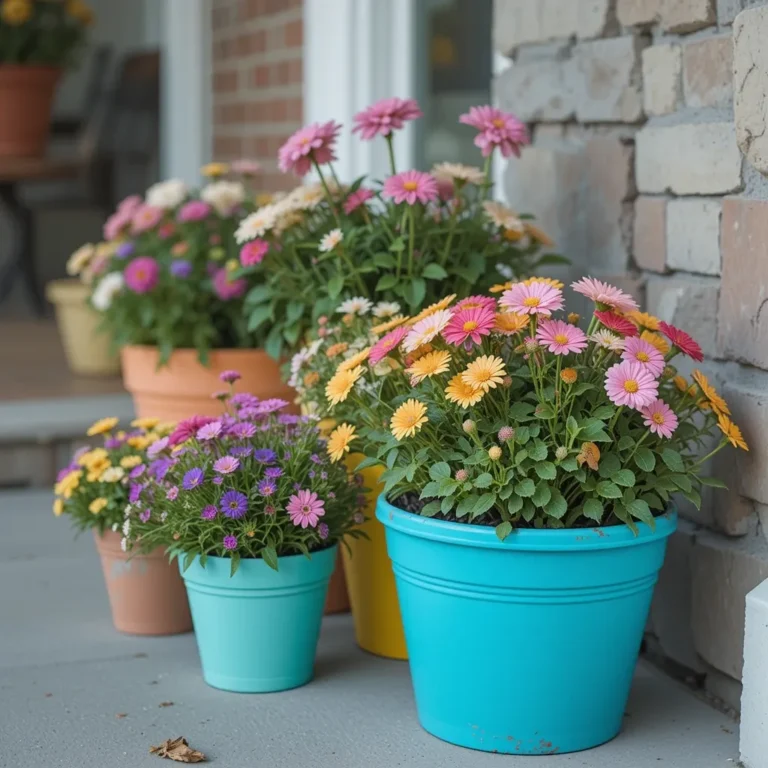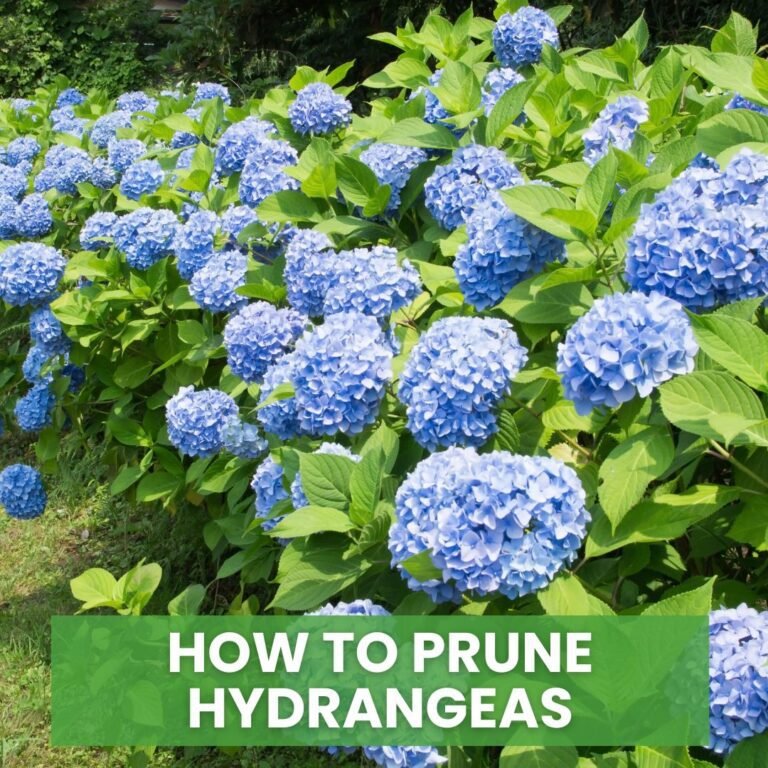Peppermint vs Mint: Complete Guide to Growth, Flavor, and Uses
When it comes to aromatic herbs, peppermint and mint are two of the most popular choices in kitchens and gardens.
While they may look similar, they differ significantly in flavor, growth habits, and uses.
Understanding the differences between peppermint vs mint helps gardeners, chefs, and herbal enthusiasts make the most of these versatile plants. This guide breaks down everything in a side-by-side comparison for easy understanding.
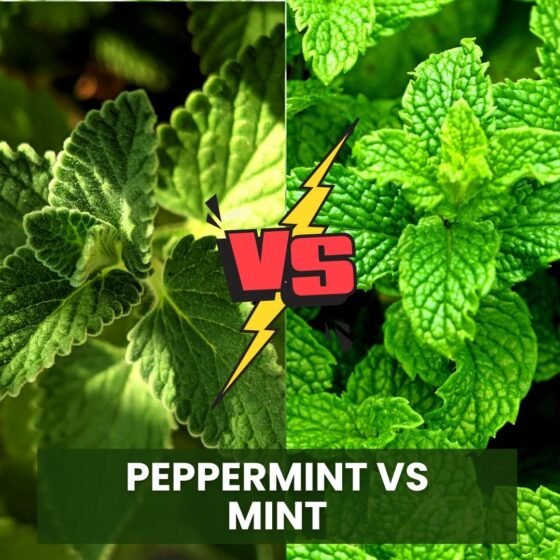
Growth and Plant Characteristics
MINT:
Mint spreads rapidly through underground runners, making it an aggressive grower. Its bright green, soft leaves and square stems make it ideal for ground cover and container planting. Mint thrives in almost any soil type and prefers partial to full sunlight. Regular pruning helps keep it under control and encourages bushy growth.
PEPPERMINT:
Peppermint is a hybrid of watermint and spearmint, and its growth is slightly more contained than other mint varieties. Its leaves are darker green, slightly thicker, and often have purplish stems. Peppermint prefers moist, well-drained soil and slightly cooler climates to develop strong menthol content. Frequent pruning enhances leaf aroma and flavor.
Flavor Profile
MINT:
Mint has a mild, sweet flavor with subtle refreshing notes. It’s versatile for beverages, salads, sauces, and desserts. The flavor is gentle, making it ideal for dishes where a delicate hint of mint is desired.
PEPPERMINT:
Peppermint delivers a strong, sharp, and cooling flavor due to its high menthol content. It’s perfect for teas, chocolates, candies, and medicinal extracts. Its potency gives recipes a more intense aroma and cooling sensation, making it ideal for strong-flavored applications.
Culinary Uses
MINT:
Mint is commonly used in fresh salads, mojitos, smoothies, yogurt, and sauces. Its subtle flavor works well in everyday cooking without overpowering the dish.
PEPPERMINT:
Peppermint is best suited for desserts, baked goods, peppermint tea, chocolate, and candy flavoring. It’s also used in extracts and concentrated infusions, giving a strong minty punch to recipes.
Medicinal and Health Benefits
MINT:
Mint provides antioxidant properties, digestive aid, and oral health support. It is gentle enough for regular consumption and adds health benefits to meals and drinks.
PEPPERMINT:
Peppermint is particularly effective for digestive relief, headache reduction, nausea relief, and cooling effects. Its high menthol content makes it more potent therapeutically, ideal for teas and oils that relieve minor ailments.
Growing Conditions
MINT:
Mint adapts easily to most soil types and grows quickly in partial or full sunlight. It spreads rapidly, so container planting is recommended to prevent it from overtaking the garden.
PEPPERMINT:
Peppermint prefers moist, well-drained soil and thrives in cooler climates. It is slightly less invasive than common mint, but still benefits from regular pruning and containment to encourage dense, aromatic growth.
Propagation
MINT:
Mint spreads aggressively through underground runners and can be propagated by cuttings or division, making it easy to grow multiple plants quickly.
PEPPERMINT:
Peppermint is propagated via cuttings or root division. Selective pruning of older stems encourages new aromatic shoots and prevents overcrowding, ensuring a strong and healthy plant.
Harvesting Tips
MINT:
Harvest leaves before flowering for maximum flavor. Regular snipping encourages bushy growth and ensures a continuous supply for culinary or decorative use.
PEPPERMINT:
Harvest peppermint when leaves are dark green and aromatic, usually in the morning. Frequent harvesting encourages new growth and maintains high menthol content, ideal for culinary and medicinal purposes.
Storage and Preservation
MINT:
Fresh mint can last a few days in the fridge, or be frozen or dried for long-term use. Drying works well for teas and cooking.
PEPPERMINT:
Peppermint retains more menthol when frozen, making it ideal for medicinal uses and essential oils. Proper storage maintains aroma, potency, and flavor, even months after harvesting.
Decorative and Landscaping Uses
MINT:
Mint makes excellent ground cover, border plant, or container herb, adding greenery and fragrance to gardens.
PEPPERMINT:
Peppermint, with its taller stature and dark leaves, works well in herb gardens, decorative planters, and indoor hydroponic systems. It adds both fragrance and visual appeal.
Common Challenges
MINT:
Mint can overcrowd gardens and attract aphids, spider mites, and fungal issues if not pruned regularly. Containment is essential for healthy growth.
PEPPERMINT:
Peppermint is less invasive but still requires proper pruning, spacing, and airflow to prevent fungal infections and pest damage.
Choosing Between Mint and Peppermint
MINT:
Best for mild-flavored dishes, beverages, and everyday use. Its rapid growth makes it ideal for garden coverage or container planting.
PEPPERMINT:
Perfect for strong-flavored teas, candies, chocolate, and therapeutic uses. It provides a potent menthol punch and can be grown in contained spaces for maximum aroma.
Final Thoughts
Understanding the differences between peppermint vs mint allows gardeners, chefs, and herbal enthusiasts to make informed choices.
By considering flavor, growth habits, culinary and medicinal uses, and care requirements, you can enjoy the full potential of these versatile herbs.
With proper pruning, harvesting, and storage, both peppermint and mint provide fresh, aromatic leaves year-round, enhancing your kitchen, garden, and wellness routine.

